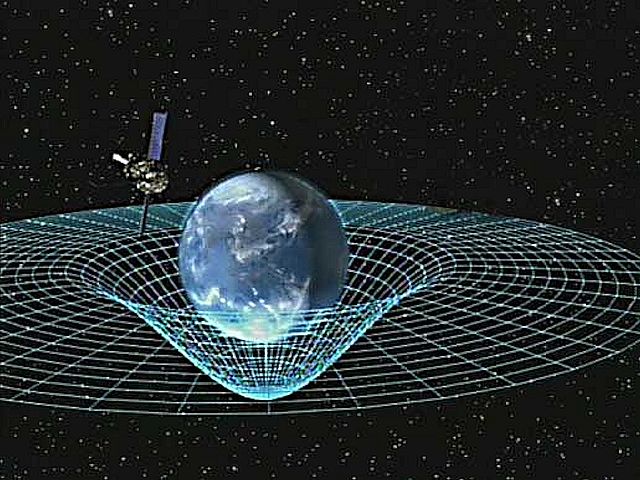This is Amazing News out of the Guardian today
the Metraton Cube ... 1500 paintings thought Lost have been found
http://www.theguardian.com/world/2013/n ... any-policeModernist art haul, 'looted by Nazis', recovered by German police
About 1500 works, includining pieces by Chagall, Klee, Matisse and Picasso, had been considered lost until raid in Schwabing
Cubism
The artworks, which could be worth as much as €1bn (£860m), are said to include pieces by Pablo Picasso, Henri Matisse, Marc Chagall, Paul Klee, Max Beckmann and Emil Nolde. They had been considered lost until now, according to a report in the German news weekly Focus.
The term is broadly used in association with a wide variety of art produced in Paris (Montmartre, Montparnasse and Puteaux) during the 1910s and extending through the 1920s
By 1911 Picasso was recognized as the inventor of Cubism, while Braque’s importance and precedence was argued later, with respect to his treatment of space, volume and mass in the
L’Estaque landscapes
The assertion that the Cubist depiction of space, mass, time, and volume supports (rather than contradicts) the flatness of the canvas was made by Daniel-Henry Kahnweiler as early as 1920
Dimensions SPACE MASS TIME and VOLUME......we don't live in a two dimensional world called Flatland
“ It is almost impossible to exaggerate the importance of Cubism. It was a revolution in the visual arts as great as that which took place in the early Renaissance. Its effects on later art, on film, and on architecture are already so numerous that we hardly notice them. ”
— John Berger, English art critic, painter and novelist
Sauniere had a view toward Cubism....as seen on the design of the Magdalene Chapel where the cubes can be seen and the Meandros design
New possibilities opened up by the concept of four-dimensional space (and difficulties involved in trying to visualize it) helped inspire many modern artists in the first half of the twentieth century. Early Cubists, Surrealists, Futurists, and abstract artists took ideas from higher-dimensional mathematics and used them to radically advance their work
French mathematician Maurice Princet was known as "le mathématicien du cubisme" ("the mathematician of cubism").[2] An associate of the School of Paris, a group of avant-gardists including Pablo Picasso, Guillaume Apollinaire, Max Jacob, Jean Metzinger, and Marcel Duchamp, Princet is credited with introducing the work of Henri Poincaré and the concept of the "fourth dimension" to the cubists at the Bateau-Lavoir in the late 1900s.[3]
http://en.wikipedia.org/wiki/Fourth_dimension_in_art http://en.wikipedia.org/wiki/Octacube_%28sculpture%29
http://en.wikipedia.org/wiki/Octacube_%28sculpture%29The Octacube is a large, steel sculpture of a mathematical object: the 24-cell or "octacube". Because a real 24-cell is four-dimensional, the artwork is actually a projection into the three-dimensional world. Octacube has very high intrinsic symmetry, which matches features in chemistry (molecular symmetry) and physics (quantum field theory).
In 1908, Hermann Minkowski presented a paper[7] consolidating the role of time as the fourth dimension of spacetime, the basis for Einstein's theories of special and general relativity
http://en.wikipedia.org/wiki/Four-dimensional_spaceSpacetime is usually interpreted with space as existing in three dimensions and time playing the role of a fourth dimension that is of a different sort from the spatial dimensions.
 http://en.wikipedia.org/wiki/Spacetime
http://en.wikipedia.org/wiki/Spacetime
